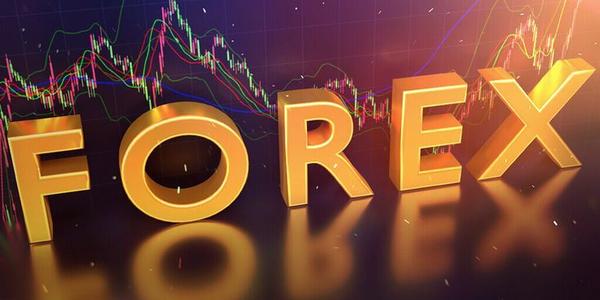ETH Faces Headwinds from Weak Fundamentals
Ethereum’s ether (ETH) has been struggling to keep pace with its peer, bitcoin (BTC). Despite a promising start to the year, ETH has only risen 36% in value, significantly trailing behind BTC’s impressive 109% surge. This underperformance is expected to continue well into the year’s end, as new research by Amberdata shows.
The Probability of Reaching New Heights
Amberdata’s analysis reveals that there is only a 10% chance of ether topping the first quarter high of around $4,000 by December 27. This is evident in ETH’s options-based probability density function (PDF) and cumulative density function (CDF), which are shown in the chart below.
Probability Density Function (PDF) and Cumulative Distribution Function (CDF)
[Image description: A graph showing the PDF and CDF of ether trading at various price levels over several time frames. The graphic is derived from ether options trading on the dominant crypto options exchange Deribit.]
As seen in the chart, a taller peak at a certain price indicates a greater probability of prices reaching that level and vice versa. At press time, traders assigned just a 10% probability of ether topping the $4,000 mark by the Dec. 27 expiry.
Regulatory Shifts and Investor Aversion
The expected regulatory shift away from enforcement actions against decentralized finance (DeFi) and other crypto sectors under Trump’s presidency is yet to galvanize investor interest in ETH, even though it has done so for DeFi coins. This lack of enthusiasm can be attributed to weak fundamentals.
Amberdata Attributes ETH’s Dour Outlook
According to Amberdata, the value proposition of ‘sound money’ (aka deflationary supply due to transaction fee burn) has flipped to inflation supply as nearly all DeFi transactions are being executed on layer-twos (L2s) as opposed to ETH L1 itself. This drastic change is dragging prices down.
Weak Fundamentals and the Future of Ethereum
ETH faces serious headwinds, and its value proposition has been severely impacted by the shift to L2s. As Amberdata’s Director of Derivatives Greg Magadini stated in a newsletter to clients:
ETH faces serious headwinds as the value proposition of ‘sound money’ (aka deflationary supply due to transaction fee burn) has flipped to inflation supply as nearly all DeFi transactions are being executed on L2s as opposed to ETH L1 itself. I believe that’s drastically dragging prices down.
Potential Overhaul of Ethereum
At the Ethereum community’s biennial Devon gathering, influential researcher Justin Drake proposed an ambitious overhaul of the oldest smart contract blockchain. The Beam Chain proposal would cut block times to four seconds from the current 12, which would allow for more blocks, therefore more transactions to be processed.
Could Beam Chain Mitigate Supply Issues?
The Beam Chain proposal could lead to more transactions being conducted on the main Ethereum chain rather than auxiliary L2s. This might conceivably mitigate the supply issue identified by Magadini. However, this overhaul could take years to see the light of day, if it does at all.
BTC’s Uptrend and ETH’s Underperformance
Irrespective of Ethereum’s fundamentals, a potential acceleration in bitcoin’s uptrend could eventually drag ETH above $4,000, while maintaining its underperformance relative to BTC. This highlights the need for investors to carefully consider their investment decisions, taking into account both the potential risks and rewards.
Conclusion
In conclusion, Ethereum’s weak fundamentals and shift towards inflation supply are expected to continue dragging prices down well into the year’s end. While a potential overhaul of the blockchain could lead to more transactions being processed on L1, it remains uncertain whether this will mitigate the supply issue identified by Magadini. As investors, it is essential to carefully consider these factors when making investment decisions.
References
- Amberdata: Amberdata’s Research Report
- Deribit: Deribit’s Options Trading Platform
- Justin Drake: Beam Chain Proposal




